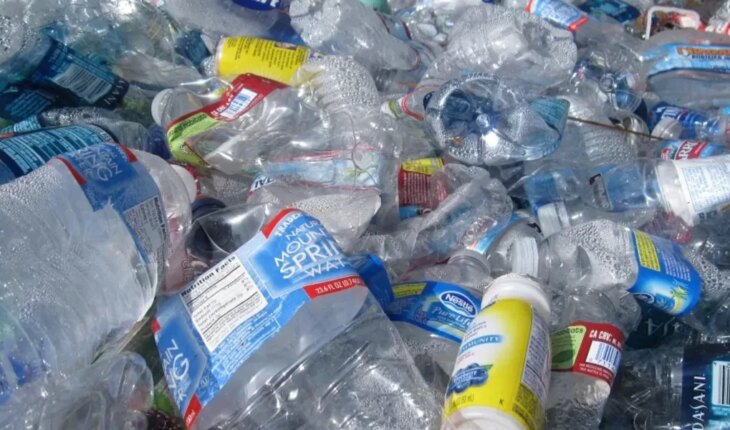From the 2 million tons per year that were produced in 1950, we have gone to more than 450 million today, and forecasts indicate that, if we continue at this rate, that amount will double in 2050. This shows the profound ecological and health impact generated by some industrial activities. In the first two decades of this century, 50% of the plastic that was manufactured in all history was produced. In this sense, in an article in the journal Pulso Ambiental of FARN, Verónica García, specialist in Marine Ecosystems and Sustainable Fishing of Fundación Vida Silvestre Argentina, explains that the investigations of the last two years reveal that blood, lungs, colon, placenta, fecal matter and even human breast milk contain microplastics. In addition, 11 million tons of waste reach the oceans annually, affecting more than 800 marine and coastal species, according to the United Nations Environment Program (UNEP). A 2017 study published by Greyer et al. in the journal Science, says that of the total plastic produced from 1950 to 2015 the lion’s share (79%) ended up in landfills or landfills, 12% was incinerated and only 9% was recycled. Despite efforts, recycling is insufficient. To solve this problem it is important not only to improve the management of plastic waste, but also to reduce the production and excessive use of the material, “warn from Unplastify, in its article published in the journal Pulso Ambiental, where they address the role of policies to minimize the use of this waste. At the international level, UNEP approved the creation of an intergovernmental committee in March 2022 with a mandate to negotiate a binding treaty by 2024, which aims to tackle severe plastic pollution throughout its entire life cycle, from production to disposal. It did so through a landmark resolution signed in Nairobi, entitled “End plastic pollution: towards an international legally binding instrument”. In November of that same year, a first step was taken in the realization of the treaty when the first meeting of the International Negotiating Committee (CIN) was held in Uruguay. There they began to lay the foundations for this necessary process, the result of which will be a text that will include binding and other voluntary aspects. Argentina was part of that discussion and, as a member of the Latin American group, has supported the development of a binding treaty, pointing out the vulnerability of the countries of the continent to transboundary impacts. Argentina’s official position also highlighted the importance of effective implementation and mentioned the need to contemplate both the human rights approach linked to the environment and health and to recognize the role of urban recuperators, giving them participation. In Argentina, Leandro Gómez, Master in Public Administration and coordinator of the investment and rights program of the Environmental Policy Area of FARN, explained: “While advancing in the international agenda, Argentina also has multiple challenges to face in relation to plastics, both from the sphere of regulation – for example, in the search to sanction a packaging law – and from the aspects of design and innovation in production. as well as in waste management”. Mirko Moskat, coordinator of the Zero Waste area of the Ecologist Workshop, warns that it is essential that in Argentina national policies are developed that comprehensively address this problem, at least from two complementary paths. Through regulations based on the principle of extended producer responsibility and regulations that advance in the prohibition of dispensable or problematic elements, as many cities are already implementing.
More than 450 million tons of plastic are produced per year
February 9, 2023 |





